From a loss of 3 million to a profit of over 40 million, this experience has taught me that cryptocurrency trading isn't just about accumulating wealth, it's also about spiritual growth. The cryptocurrency world is like a vast ocean, where some sink and others are reborn. I hope my sharing can provide you with some inspiration and strength.
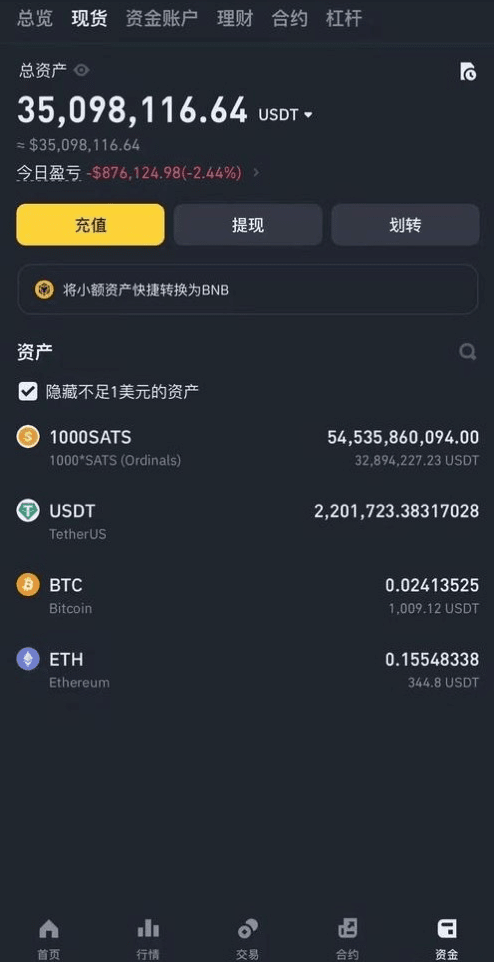
Cryptocurrency trading is actually a form of spiritual practice, and the capital market is the best place for spiritual practice!
Cryptocurrency trading requires patience, just like fishing: only reel in the line when the fish bites. Too early scares the fish away, too late and the fish slips off the hook. The same is true for cryptocurrency trading: only strike when the price enters an ambush zone. If it's not within optimal range, wait, even if you can't help yourself. The process of waiting for your prey to enter the zone not only avoids losing money but is also endlessly enjoyable.
When trading in cryptocurrencies, you must abide by operational disciplines and only make money within the model or scope of cognition. If you go outside the circle, you will be beaten. Some people understand this truth very early, but some people will not understand it even after they have lost everything.
Cryptocurrency trading requires logic: selection logic, entry logic, holding logic, exit logic, and so on. When your logic might conflict with the actual market trend, remember to adhere to your own strategy first. Review and summarize afterward; review is the shortcut to self-improvement and the mother of success.
Cryptocurrency trading requires ignoring all the noise in the market and focusing on your strongest strategies, taking one step at a time. For the average retail investor, the first step is understanding, then growth, and finally, soaring. Expecting a tenfold, a hundredfold, or a thousandfold return in a single year without understanding the cryptocurrency world is simply wishful thinking.
The numerous indicators used in securities analysis software can be broadly categorized into eight main categories: trend-based, overbought/oversold, energy-based, volume-based, moving average-based, stock selection-based, and path-based. Each indicator has its own distinct function, but the most widely known and frequently used by general investors are the KDJ (King and Divergence Index) and RSI (Reliable Signal Indicator). These indicators are characterized by their sensitivity, ease of understanding, and the ability to easily interpret "golden crosses" and "death crosses." However, their common drawback is that if you simply follow textbook instructions—selling in overbought zones and buying in oversold zones—you'll often find that the stock price doesn't necessarily move in the direction you anticipated after your trade. This is due to a lack of understanding, and most indicators should be used in conjunction with the DMI (Decisive Moving Average Index).
So, how to use the DMI indicator in actual operations?
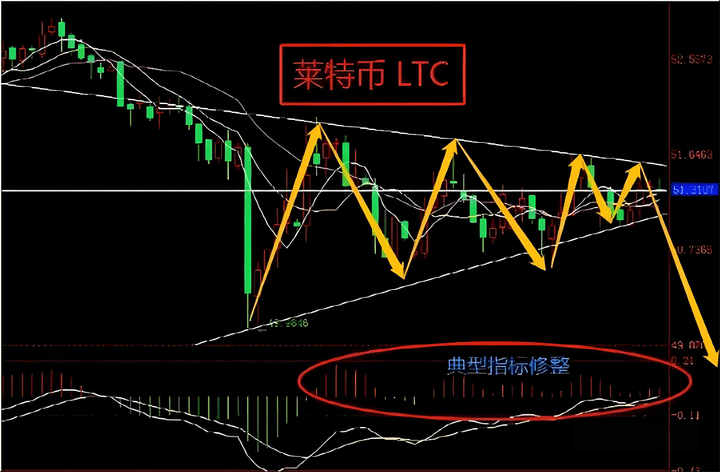
First, when the ADX value of the DMI indicator is lower than the +DI value, especially below 20, all buy and sell signals displayed by the indicators are invalid. Furthermore, when the ADXR value is between 20-25, all indicators should be disabled. Therefore, before using any other indicators, it is essential to use the DMI trend indicator to determine the stock price trend.
The true meaning of defining a technical indicator failure zone in this way is that the stock price has entered a period of narrow profit consolidation with an unclear trend. Since the future breakout direction is unclear, the appropriate strategy is: those who do not hold shares should not enter; those who hold profitable shares can exit and wait and see; those who are stuck with shares should set a stop-loss order and short sell immediately if the stock price breaks down, then buy back in when the price stabilizes.
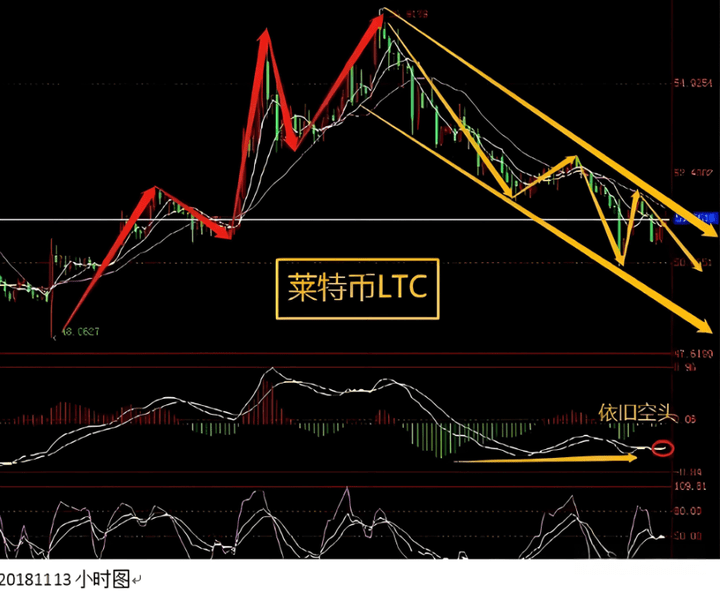
Secondly, the DMI's characteristic is its ability to signal a reversal in a trend. A downward reversal of the ADX value above 50 in the DMI generally signals a reversal in the stock price's ongoing trend. At this point, if +DI > -DI, the stock price has peaked and is declining; if +DI > -DI, it indicates signs of stabilizing (note: this doesn't necessarily mean a significant rebound).
Normally, the ADX will drop to around 20 when it falls from a high level. However, in some cases, the ADX may only drop to between 40 and 60 before rising again. This is called a "mid-flip" and is often a precursor to a major market move. This often occurs in the washout phase of some high-flying dark horse stocks before a surge.
At this point, it's difficult to make a judgment based solely on the DMI indicator; it must be combined with the moving average system and the average volume line. For example, if you sell when +DI > -DI and ADX is above 50, you can buy back in after a "half-flip" occurs when ADX > ADXR to avoid missing out on subsequent big gains.
Third, the DMI indicator isn't typically used directly as a buying or selling indicator, but rather as a trend detection tool. If you absolutely must use it for buying or selling, buy when +D crosses above -DI, and sell when -DI crosses above +DI. If you miss this buying or selling opportunity, ADX > ADXR provides a last chance to buy or sell.
(The above indicator descriptions are based on the instructions for using Qianlong Securities Analysis Software, with my own explanations added.)
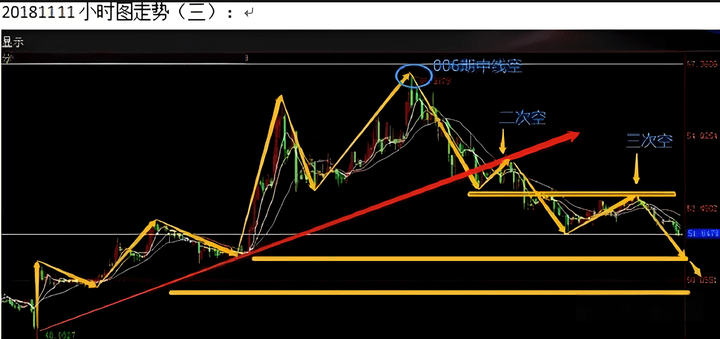
Many short- and medium-term investors have experienced this: indicators that exhibit peak and bottom divergences typically only provide a clear divergence signal after the stock price has already peaked and fallen back. Selling near the peak has always been a dream for many investors. However, selling too early for some rapidly rising stocks is always a source of regret. But who can tell if a stock has peaked?
Based on my years of practical observation, the DMI (Directional Index) indicator is superior to any other indicator in indicating a stock price peak. The specific operating principle is: using a 60-minute candlestick chart, sell holdings when the DMI's ADX turns above 65. At this point, the stock price is still relatively close to its peak, with the decline still minimal.
If the ADX of the daily candlestick chart turns above 65, the stock price has already fallen a lot, but this is the last chance. Choosing to use the 60-minute candlestick indicator as the basis for selling is in line with the principles of "selling quickly" and "not selling at the top."
For example, around September 25, 1998 (will everyone remember the 1998 bear market?), I recommended buying 600090 shares of Hops (around 10.30 yuan). At the time, Xiamen Securities' retail trading floor was packed with buyers, but by November 25, only four or five remained. By the midday close of November 20, the stock had reached 13.95 yuan, exceeding my target of 13.50 yuan when I recommended it. At that time, the ADX on the 60-minute candlestick chart had reached 81.02, prompting me to warn holders to sell. However, these holders believed that the stock analysts were overly recommending the stock and that it should continue its upward trend, arguing that it should reach 15 yuan before buying beer. After 2:00 PM, the ADX on the 60-minute candlestick chart fell from 81.02 to 71.4, and the stock price subsequently vanished, never to return, plunging back to near its initial rally point.
For example, on November 9th of the same year, I bought into ST Hongguang at 6.18 yuan, reasoning that the stock price remained stable despite frequent negative news. The stock subsequently hit its daily limit. On November 17th, the stock opened at the daily limit again, followed by a series of four-digit sell orders. I realized that market makers might be selling. However, at this time, the ADX on the 60-minute candlestick chart had not yet turned downward, while the ADX on the 30-minute candlestick chart was already above 95 (a high-risk zone). By 10:30 AM, the ADX on the 30-minute candlestick chart began to fall from its high, confirming a trend reversal. I therefore sold all my holdings at 7.68 yuan. (It was later confirmed that this round of Hongguang's stock price movement was driven by Junan Securities liquidating its holdings in anticipation of its merger with Cathay Pacific, driving up prices and cashing out.)
Note: (very important)
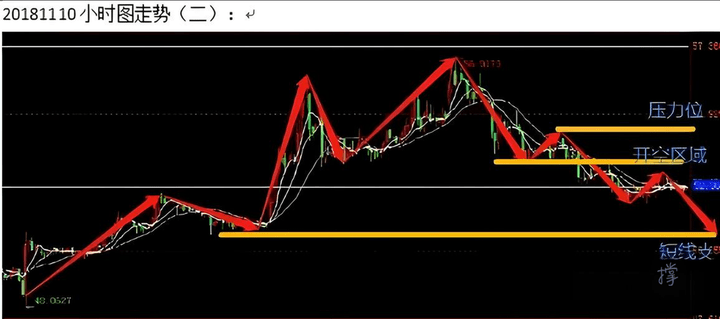
Because of the need for quick judgment, when using the DMI trend indicator, the calculation period of the 5-minute, 15-minute, 30-minute, 60-minute, and daily DMI indicators should be set to the fast cycle value. Based on personal experience, I use a value of 4, and netizens can adjust it according to their preferences.
Faced with numerous technical indicators, investors often don’t know how to choose. Even if some people take a comprehensive measurement method, it will cause conflicts between technical indicators and make them feel distressed because they cannot find a reasonable explanation. Among the dazzling array of technical indicators, there are actually many indicators whose research and judgment methods and effects are often partially similar. Therefore, before using technical indicators, investors must first classify the indicators and distinguish between indicator groups of different types and properties. This is to avoid confusion in application due to too many technical indicators. Here are the applicable scope and comprehensive application methods of DMI and CDP technical indicators to achieve the purpose of throwing out some ideas.
DMI is a trend indicator used to identify market changes. Once the market becomes profitable, DMI will immediately guide investors to enter the market and remind investors to exit the market at the appropriate time. However, this indicator is only applicable to the development period of the market. When the market is in a bull market, this technical indicator is slightly insufficient. CDP is a good indicator for bull market operation.
The DMI indicator consists of four lines: the positive DI and the negative DI. Crossover signals between these two lines guide investors' buying and selling decisions. When the positive DI crosses above the negative DI, it signals a buy, while when the positive DI crosses below the negative DI, it signals a sell. However, this trading strategy is overly reactive in the Shanghai and Shenzhen stock markets, and can easily lead to traps. Therefore, it is not suitable for use in highly speculative markets, as it can harm investors. The third line is the ADX, also known as the direction line. This line serves as a trading guide for traders. Regardless of whether the market is bullish or bearish, the ADX trend will rise. Whenever the ADX line crosses above 50 and turns downward, it signals a market turnaround. This indicates a profit-taking opportunity for rising stocks and a buying opportunity for declining stocks, with high accuracy.
The fourth line, the ADXR line, is known as the evaluation line. It's used to assess market performance. Simply put, when ADXR is above 25, it indicates a relatively active market. If ADXR gradually declines to between 25 and 20, the market has entered a trendless state, known as a "stagnation market." At this point, the DMI indicator should be discontinued immediately, and investors should instead employ the trend-following method of CDP to profit.
The CDP indicator is a relatively unfamiliar and old indicator for many investors. It has largely escaped attention because it's not listed in the static or dynamic technical columns of current technical analysis software. Instead, it's hidden within tick or transaction details on individual stock charts or candlestick charts. It only appears when the "+" or "-" key is pressed repeatedly during these conditions. Furthermore, it's not introduced in technical books on the market, contributing to its relative indifference.
In fact, the CDP technical indicator is a good short-term operation tool in a bull market. The difference between this indicator and other technical indicators is that it does not have a curve chart, but only five data points: AH, NH, CDP, NL, and AL. The application rule is: NL and NH are the best points for short-term entry and exit.
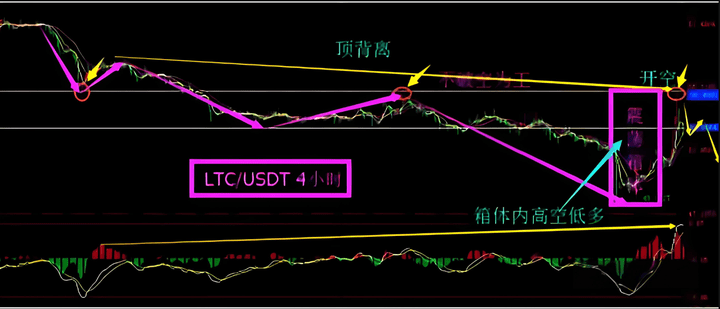
That is, if an investor wants to sell the stock on the same day, they set the price at the NH value in the CDP indicator. If they want to buy the stock at a low price, they will generally succeed by setting the purchase price at the NL value. For swing traders, the AH and AL values serve as entry and exit criteria. If the stock price breaks through the AH value, it will continue to rise the next day. However, if the stock price falls below the AL value, it will continue to fall the next day.
Experience in the Shanghai and Shenzhen stock markets has shown that if a declining stock breaks through its AH ratio, there's an 80% chance it's a reversal signal. If a rising stock breaks below its AL ratio, the upward trend ends. Therefore, this data set provides a more advanced reversal signal than other technical indicators. The CDP value, on the other hand, only indicates the current strength of the stock price. When the stock price is above the CDP value, the market is strong. Otherwise, it's weak. This indicator is not only simple to use, but also provides clear buy and sell points and a very high accuracy rate.
Finally, I would like to share with you a set of iron rules:
① The price goes up quickly but falls down slowly, so don’t rush to run away.
Do you understand the main force routine? First, a sudden surge will scare you, then slowly shake out the market, waiting for those who ran away early to cry for help.
Only the kind of "large volume surge and instant plunge" is a lure to sell, so you should stop while you are ahead!
② The price falls quickly but rises slowly, so don’t be foolish and buy at the bottom.
There is no lowest point in the cryptocurrency world, only lower!
Flash crash + weak rebound is the most poisonous trap, and most people who buy at the bottom will suffer losses.
Once you recognize this, the probability of suffering a huge loss will immediately drop by 70%.
③ Don’t panic if there is volume at the top, it is really dangerous if there is no volume
There is still trading volume at the top, which shows that there is still major attention.
The water is stagnant and the volume has completely shrunk, so don't have any illusions.
④ Don’t be impatient when the bottom volume increases, it will take several days to be reliable
Don’t get excited if the volume increases for one or two days, it might be fishing.
The continuous fluctuation of increasing volume and decreasing volume for several days is the signal that the main force is building a position!
⑤ Volume is emotion, K-line is just appearance
The heartbeat of the market lies in the volume, and the volume of the main players entering the market cannot be hidden.
Staring at the K-line? You'll be half a step behind others.
⑥ The most difficult thing is the wisdom of being short
It's easy to make money, but hard to keep it.
Don’t be greedy, don’t gamble, and don’t be afraid of losing. Only if you live long enough will you have the opportunity to turn things around.
I've fallen into more traps than you can imagine.
But we only have one life, and only if we are alive can we turn things around.
Brother, there are opportunities in the currency circle every day.
But do you have the calmness and judgment?
How to avoid being hacked in the dark?
Don't rush to run, don't rush to copy,
First understand the rhythm and go slowly.
Contract trading isn't about skill, it's about mindset and discipline. Reading these six tips before opening a trade every day can help you avoid 80% of pitfalls!
Even the most diligent fisherman won't go fishing during a stormy season. Instead, he'll carefully guard his boat. This season will eventually pass, and a sunny day will always arrive! Follow me, and I'll teach you how to fish. The door to the cryptocurrency world is always open. Only by following the trend can you have a smooth life. Save this and keep it in mind!


